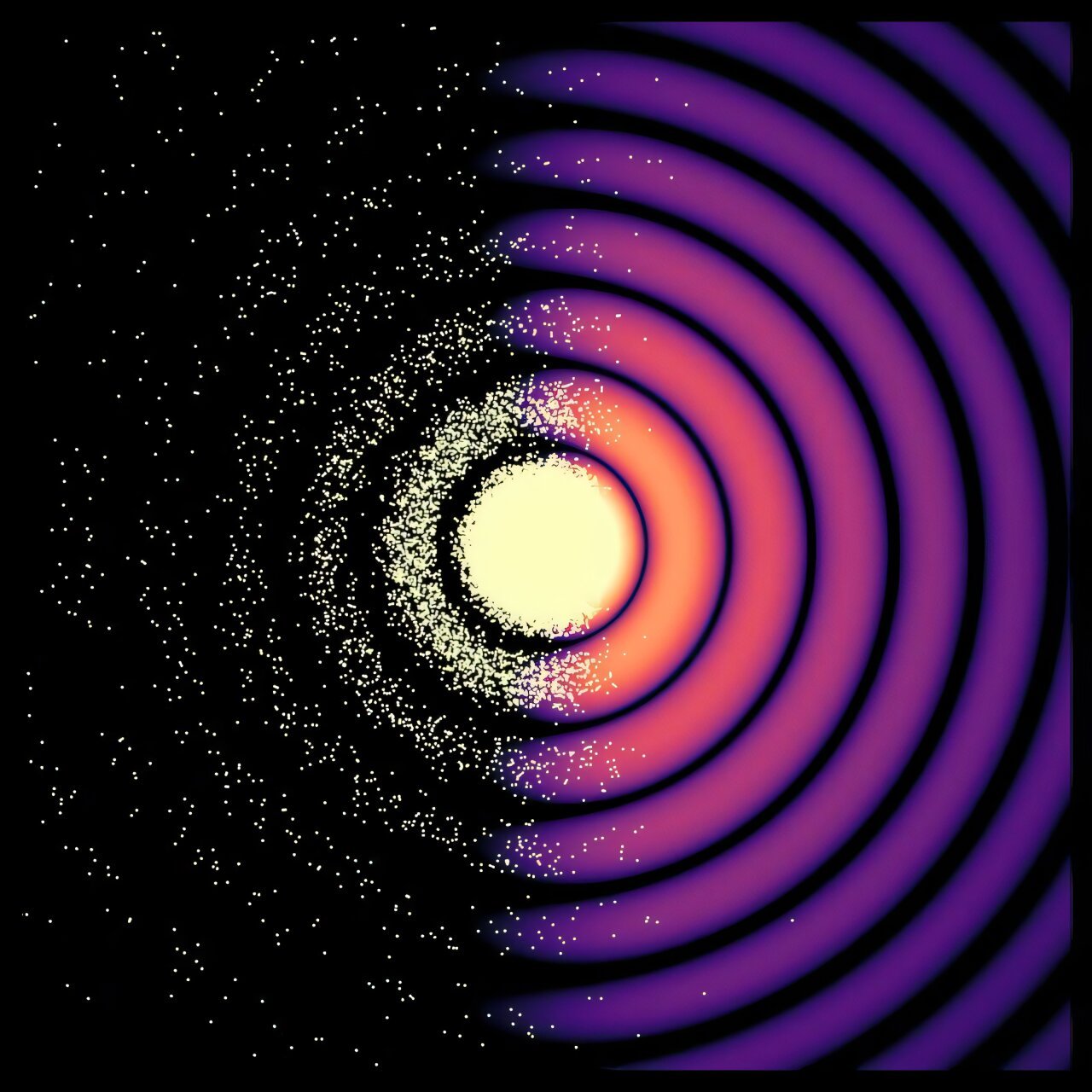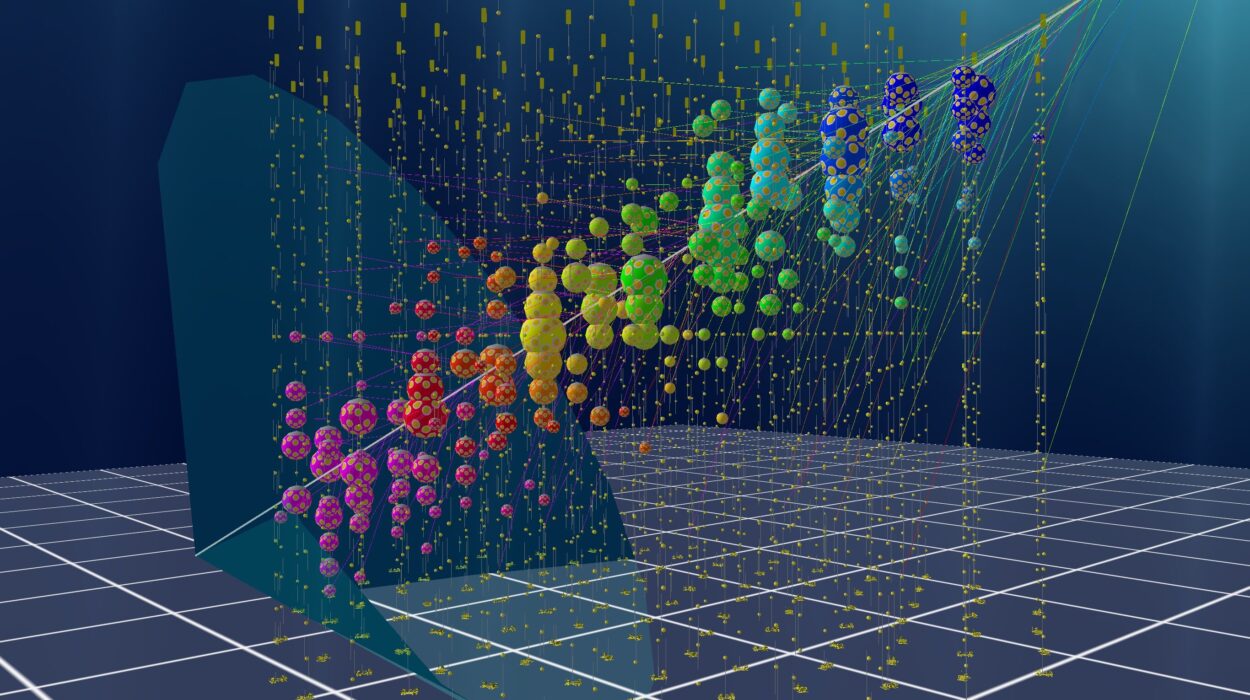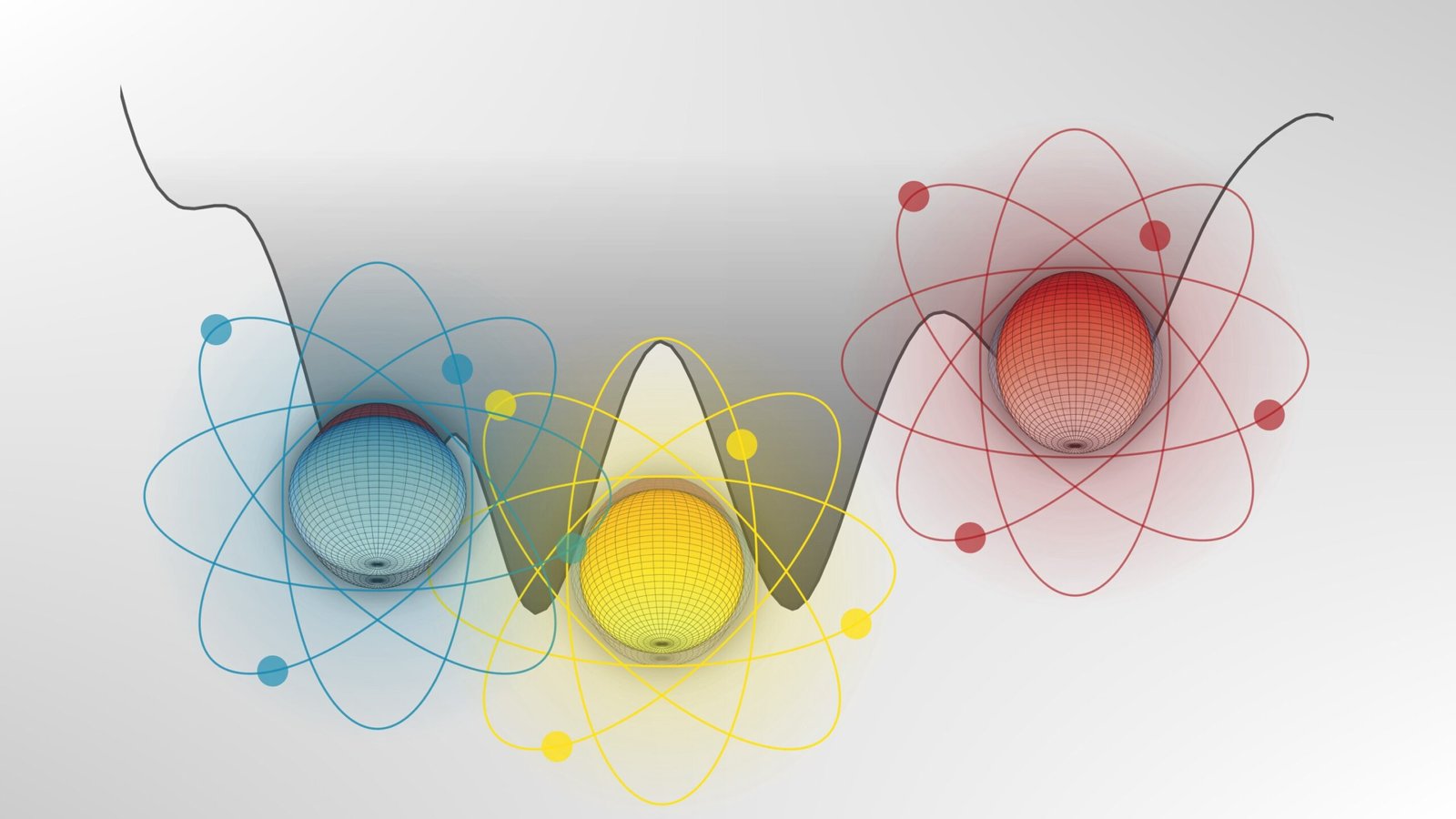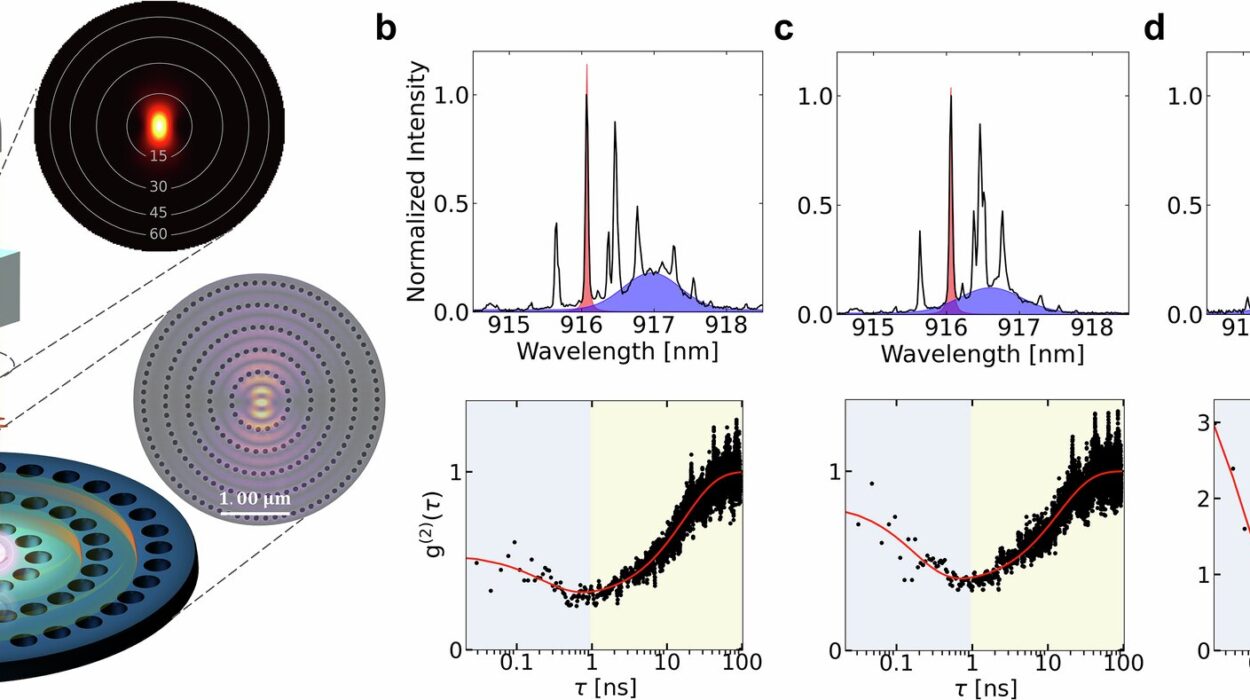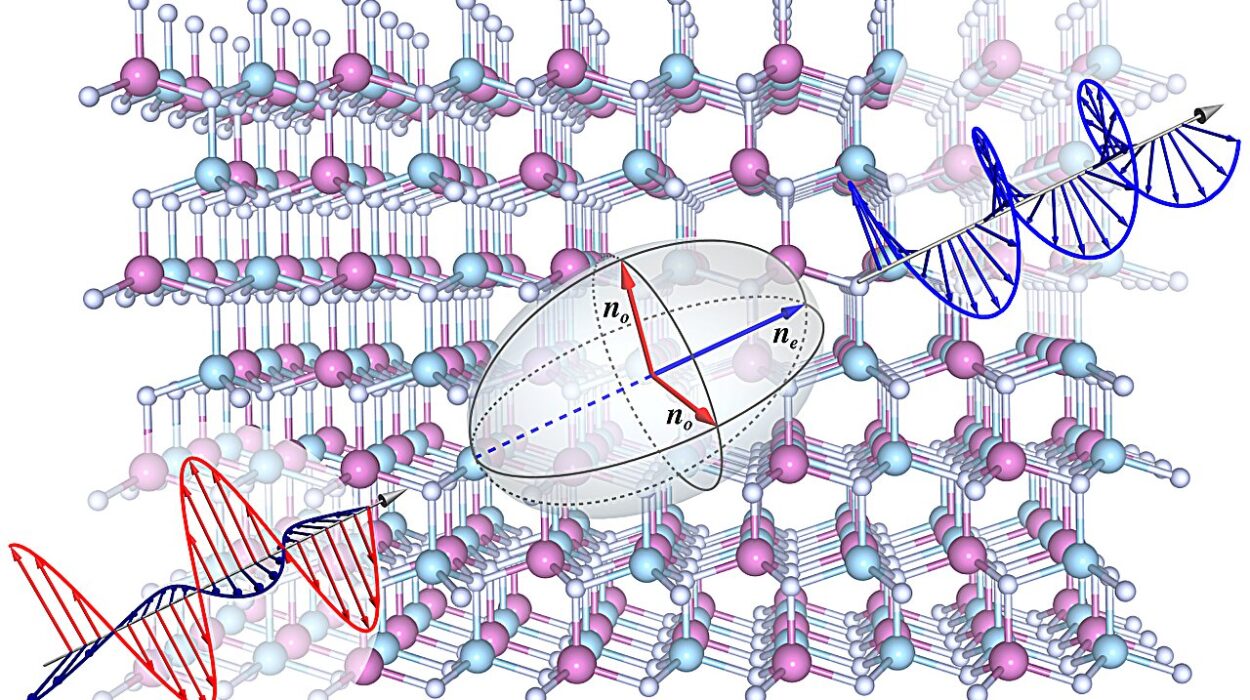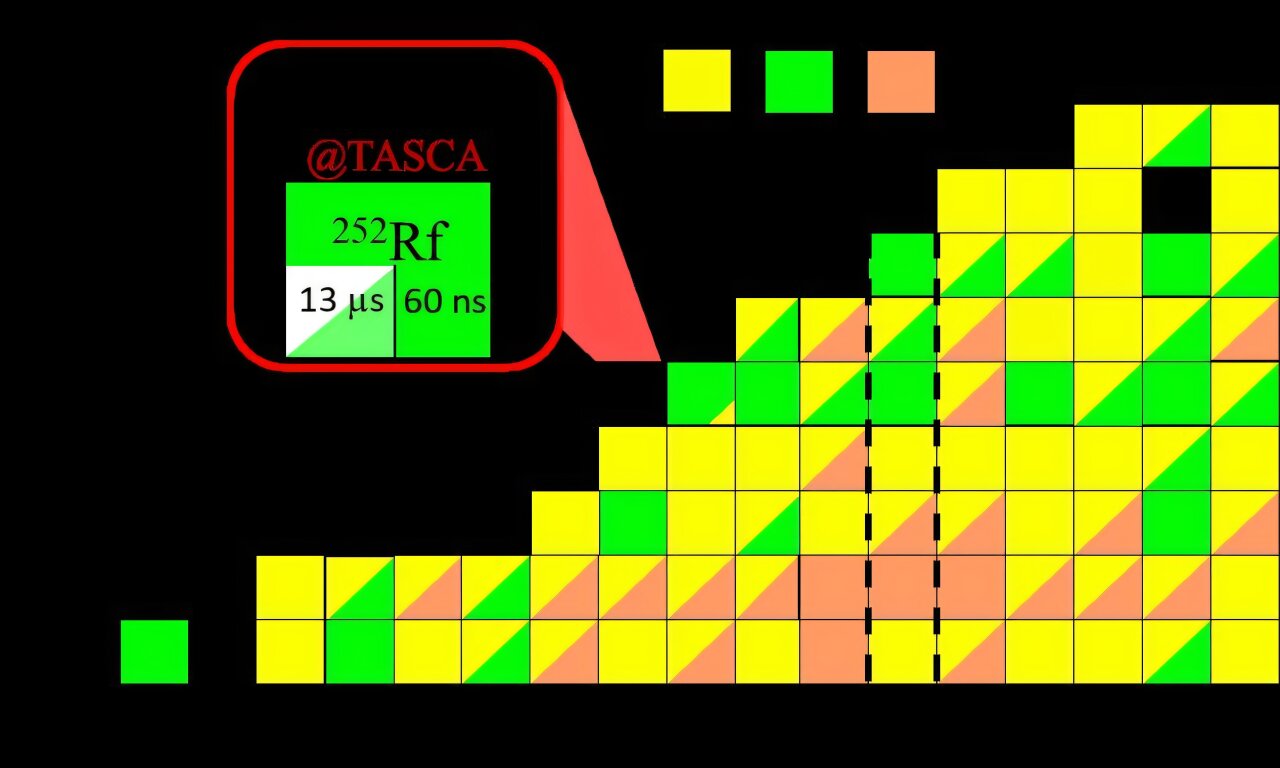In 2023, attosecond science was honored with the Nobel Prize in Physics, highlighting the transformative power of attosecond-scale experiments in understanding the swift movements of electrons within atoms, molecules, and solids. To truly appreciate the significance of this achievement, one must consider the scale at play: an attosecond is an astonishing billionth of a billionth of a second. At this time frame, the normally imperceptible movement of electrons becomes observable, offering a “slow-motion” view of phenomena that happen at velocities beyond our everyday comprehension. Attosecond science has become a powerful tool in fields ranging from fundamental physics to material science and chemistry, enabling the observation of processes that occur in the blink of an eye—or far quicker.
However, as revolutionary as attosecond science has been, it has faced challenges. Most experiments involving attosecond pulses, particularly in imaging, were initially constrained by the capabilities of existing attosecond light pulse sources. Until recently, these limitations mostly confined attosecond research to high-precision spectroscopic measurements rather than the kinds of real-time atomic-scale imaging that might enable us to observe dynamic processes with ultrahigh temporal resolution.
A New Era of Atomic-Scale Imaging: Discoveries with X-Ray Free Electron Lasers
Recent groundbreaking developments at the SLAC National Accelerator Laboratory in California, powered by the X-ray Free Electron Laser (FEL), have unlocked a new avenue of attosecond research that promises to revolutionize how we visualize and study ultrafast atomic movements.
In an extraordinary achievement, a team of scientists from the University of Hamburg has used the unique capabilities of the X-ray FEL at the Linac Coherent Light Source (LCLS) to study how ultrashort X-ray pulses interact with nanoparticles. This allowed them to explore a new and previously unexplained phenomenon: transient ion resonances, which significantly enhance the brightness and resolution of X-ray images.
The implications of these findings—published in Nature Communications—are vast. The study shows how X-ray diffraction imaging could be drastically improved by exploiting transient ion resonances, which arise when FEL pulses are shorter and more precisely tuned than the longer pulses typically used in X-ray diffraction experiments. This discovery breaks new ground by enhancing the scattering efficiency of X-rays in ways previously thought impossible, enabling the capture of higher-quality images with previously unattainable levels of detail.
Transient Ion Resonances: A New Imaging Phenomenon
In most traditional X-ray diffraction experiments, the ionization of atoms due to intense X-ray pulses strips electrons from the material, leaving behind charged ions. These ions scatter X-rays less effectively than the electrons from which they were formed, which generally reduces the quality of diffraction images and impedes high-resolution imaging at the atomic scale. Under normal circumstances, the process of X-ray diffraction follows a relatively predictable pattern as the electrons contribute heavily to the scattered X-rays.
In a breakthrough moment, however, the Hamburg researchers encountered an unexpected outcome during their experiments at the SLAC facility. When subjected to FEL pulses that were shorter and more finely tuned than those in conventional experiments, their material demonstrated an unexpected ability to boost diffraction efficiency. This unique phenomenon is termed transient ion resonance, where, under the precise conditions set by the X-ray pulses, the ions themselves play a critical role in scattering X-rays. This makes the diffraction signal much stronger, thus amplifying the clarity of X-ray imaging.
“We were initially puzzled by the unexpectedly strong X-ray diffraction signals during our experiments at the Linac Coherent Light Source (LCLS),” said Tais Gorkhover, one of the lead researchers and an expert in advanced imaging from the University of Hamburg’s Cluster of Excellence in Advanced Imaging of Matter. “After conducting thorough quality checks and confirming our results with simulations, we were able to substantiate the phenomenon.”
The surprising outcome of this work represents a novel leap forward in the manipulation of light-matter interactions. Rather than electrons taking center stage, as had been the case in standard X-ray diffraction methods, ions under ultrashort pulse conditions enabled more effective scattering, thereby enhancing the diffraction image’s brightness and sharpness. This finding pushes the limits of our capabilities to observe atoms, molecules, and solids, introducing a level of resolution previously thought unattainable with such extreme temporal measurement.
Significance and Future Applications of the Discovery
The discovery of transient ion resonances marks a key advancement in the field of X-ray diffraction, one that holds significant promise for numerous scientific and technological domains. One major implication of this work is its ability to significantly improve X-ray diffraction imaging, both in terms of brightness and resolution. This enhancement paves the way for capturing fine details of molecular interactions and structural rearrangements at ultrafast time scales—processes that typically occur in just a few femtoseconds or attoseconds. Such ultra-high temporal resolution could open a new realm of scientific exploration.
“By exploiting these resonances, we can significantly improve both the temporal resolution and image quality of diffraction images, offering the potential to observe ultrafast phenomena in chemical reactions, catalytic processes, and even real-time transformations of materials,” explained Stephan Kuschel, the lead author of the study. “This development holds promise for visualizing natural processes in their most dynamic, fast-moving states with exceptional clarity.”
One of the major advantages of this novel technique lies in its potential applications across disciplines like chemistry, nanotechnology, and material science. Ultrashort time measurements could allow researchers to study chemical reactions or catalytic processes as they occur in real-time, which could lead to advances in creating more efficient reactions and innovative technologies, especially in the fields of energy production and environmental sustainability. The same technology could also revolutionize research in the field of nanomaterials, enabling breakthroughs in the creation of materials with entirely new properties by capturing them at precise stages of transformation.
Towards Atomic-Scale Imaging
With this discovery, the scientific community is one step closer to the ultimate goal of directly observing atomic-scale processes. Previously, scientists could only infer the behavior of atoms based on indirect measurements and data. The advances made with transient ion resonances and FEL sources, however, now make it possible to visualize movements occurring at this minuscule scale with an unprecedented combination of brightness and resolution.
“This is a key step towards the ultimate goal of capturing individual atoms in motion,” the researchers observed. “By fine-tuning the parameters of X-ray pulse conditions, we can start observing atomic dynamics directly, offering insights into processes that were previously completely beyond reach.”
As FEL technology continues to improve, the researchers emphasize the transformative potential that this development holds. Enhanced imaging tools, capable of observing the atomic-scale interactions at extremely fast time scales, could transform how we think about the underlying physics of materials and complex systems.
The impact of this innovation cannot be overstated—especially as future technologies depend more on understanding and manipulating phenomena that occur over incredibly short timescales. Whether exploring the dynamics of new catalysts in chemical processes or revealing the functioning of new quantum materials, this breakthrough represents a critical step toward an entirely new class of experimental research in molecular and materials sciences.
Conclusion
The development of attosecond science and the discovery of transient ion resonances through the use of the X-ray Free Electron Laser are defining moments in the field of ultrafast imaging. These advances highlight how pushing the boundaries of existing technological capabilities can reveal new phenomena that open doors to applications previously thought unattainable. By expanding the accessibility and precision of X-ray diffraction techniques, this breakthrough holds promise to further unlock the mysteries of the atomic world.
In the not-so-distant future, these innovations may allow scientists to visualize entire molecular machines, catalysts in action, and complex biological processes with an accuracy and speed that fundamentally changes our ability to understand the very forces of nature. As we enter this new era of X-ray imaging and atomic-level exploration, the world of science is poised to achieve new feats of discovery—bridging the gap between theoretical and experimental knowledge in ways that have only recently become possible.
Reference: Stephan Kuschel et al, Non-linear enhancement of ultrafast X-ray diffraction through transient resonances, Nature Communications (2025). DOI: 10.1038/s41467-025-56046-y
